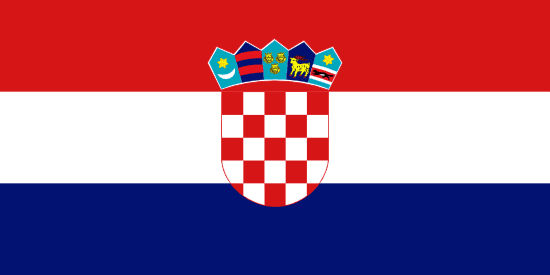"Nema života bez vode | There is no life without water"
About:
When to visit:
The ideal time to visit Krka National Park in Croatia is during the spring or autumn months, specifically from April to June or September to October. During these times, the weather is mild, the crowds are smaller, and the waterfalls are at their most impressive due to the higher water levels. The park is also less crowded during these periods, allowing for a more peaceful and enjoyable experience. Summer months can be very hot and crowded, so visiting during the shoulder seasons is highly recommended for a more pleasant visit to Krka National Park.
When to avoid:
Traveling to Krka National Park during the peak summer months of July and August can be challenging due to the high temperatures and large crowds. These months are the busiest in the park, with long lines at the entrance and popular attractions. Additionally, the heat can make outdoor activities uncomfortable, and the natural beauty of the park may be diminished by the sheer number of visitors. For a more enjoyable experience, it is recommended to visit Krka National Park during the shoulder seasons of spring or fall when the weather is milder and the crowds are smaller.
Winter Season (Dec-Feb)
In Krka, Croatia, the wettest period runs from November to January, with temperatures ranging from 4°C to 11°C. Rainfall is abundant, averaging around 113mm in November. Days are shorter with 3-4 hours of sunlight, and cloud cover is significant, often resulting in overcast skies. An average day for a visitor might involve bracing walks in misty, rain-drenched landscapes. The waterfalls in Krka National Park are at their most powerful during this period, offering a dramatic spectacle. Indoor activities like museum visits are also recommended.
"Summer (June-August)"
Krka, Croatia, experiences its warmest part of the year from June to August. During this period, the average high temperature ranges from 27°C to 31°C (81°F to 88°F) and the average low temperature is between 17°C to 20°C (63°F to 68°F).
Rainfall is relatively low during these months, with July being the driest month of the year. The average rainfall in the warmest part of the year is about 40-60mm per month.
The sun shines brightly for approximately 10-12 hours per day, providing ample daylight for outdoor activities.
Humidity levels are moderate, usually around 60-70%, which can make the heat feel more intense but is generally manageable. Cloudiness is quite low, with clear or partly cloudy skies predominant, allowing for plenty of sunshine.
A typical day for a visitor during this period would be warm to hot, especially in the afternoon. Mornings and evenings are more comfortable, making them ideal for outdoor exploration. The low rainfall and long hours of sunlight make it a great time for visiting the Krka National Park or enjoying the beautiful waterfalls. It's advisable to carry sun protection and stay hydrated due to the intense sun and heat.
Language:
The official and most widely spoken language is Croatian. This South Slavic language is the native language of the majority of the population. Other languages spoken in Croatia include English, German, Italian, and Hungarian, mainly due to tourism and historical influences.




